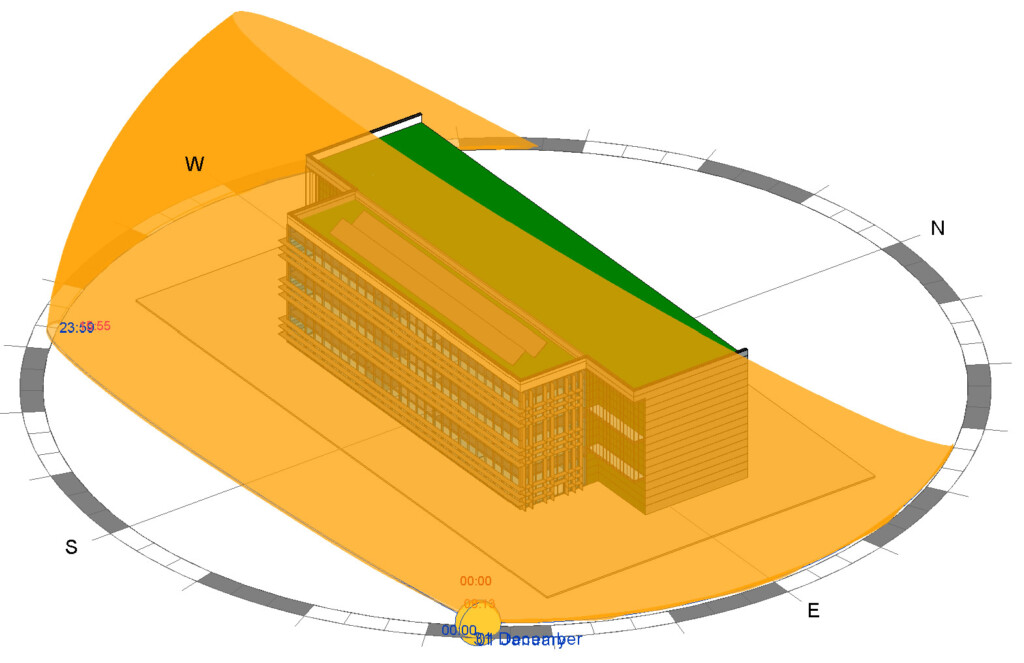A Second Life for Data Centre buildings 4 Aug 2025
By Pedro Moura
Data centres are critical infrastructures of the digital world, characterised by their robust construction and specific technical requirements. As architects, at StudioNWA, we try to extend our perspective beyond their primary function, considering their complete life cycle. The question arises: Could data centres structures have a second life in other sectors? This presents a significant challenge in terms of urban planning and environmental sustainability.
Rather than becoming obsolete buildings within the urban fabric, and avoid the almost inevitable dismantling, we see significant potential for a “second life”. This foresight is essential for sustainable urban development. The inherent characteristics of data centres – their robust structure, capacity for heavy loads, high ceilings and large spans, and the existing electrical infrastructure – make them surprisingly suitable for new occupations:
-The controlled environment and energy capacity can be leveraged for urban vertical farms, enabling efficient food production.
-Large, open spaces and strategic location can facilitate conversion into proximity logistics hubs, essential in the e-commerce era.
-Robust electrical infrastructure and layout are ideal for research laboratories, “fab labs”, or technology training centres.
-Scale and structure can, in some cases, allow adaptation for cultural or sports venues, depending on specific needs.
-Repurposing their wide and tall facades for public art installations, dynamic video projections, or integrated green walls.
Our challenge is designing data centres with flexibility and modularity from the start. This upfront adaptability transforms potential urban ‘white elephants’ into valuable city assets. Despite repurposing challenges, their potential for new uses is undeniable. Integrating a life cycle view fosters resilience, innovation, and a circular economy.



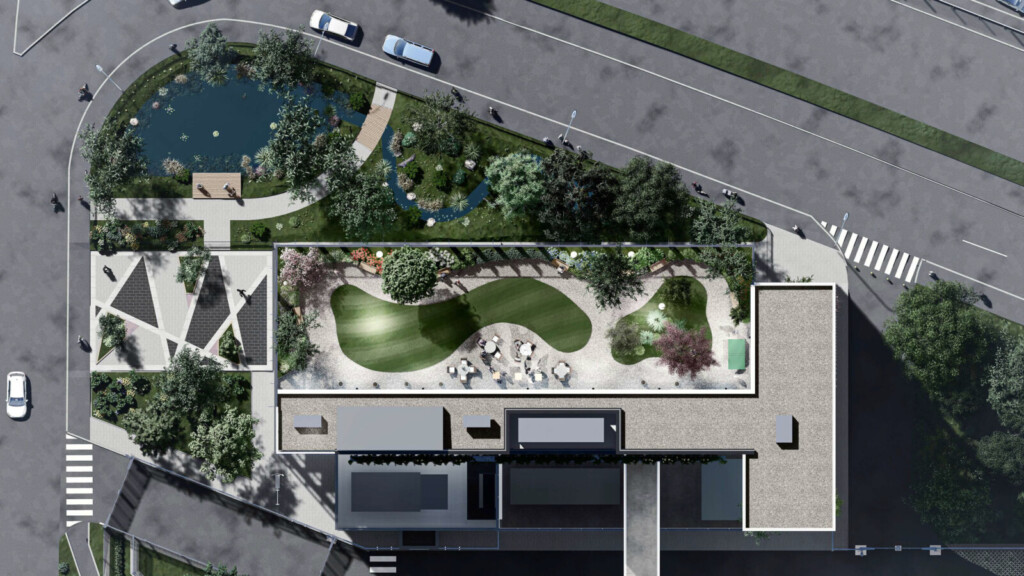
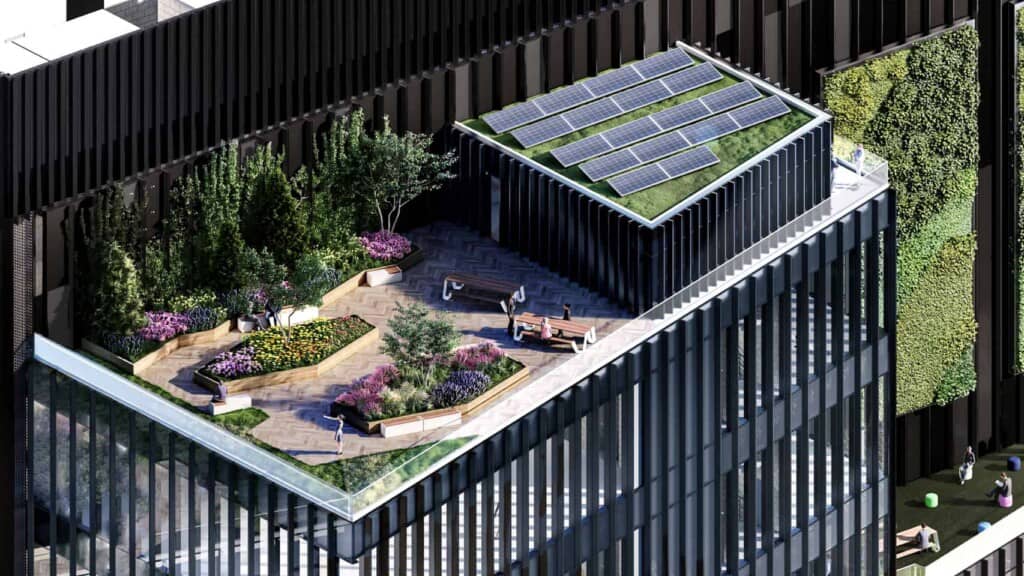
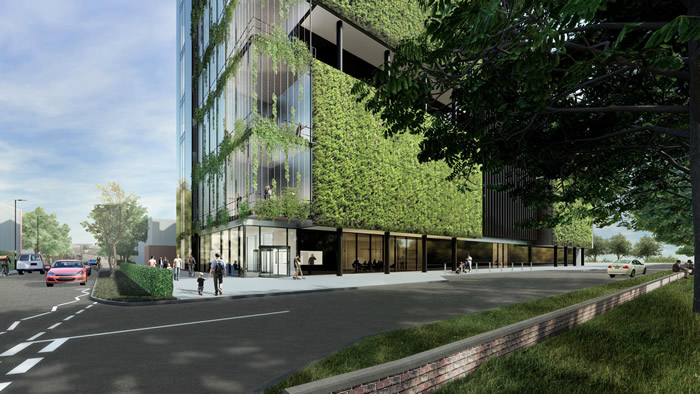
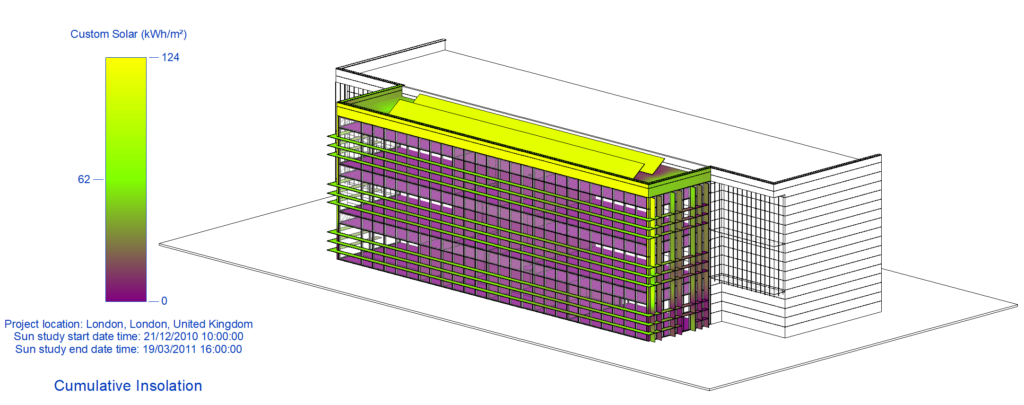 Glazing ratios and solar shading devices designed to suit solar orientation ensure the building façade becomes more resilient to excessive heat gains and losses.
Glazing ratios and solar shading devices designed to suit solar orientation ensure the building façade becomes more resilient to excessive heat gains and losses.